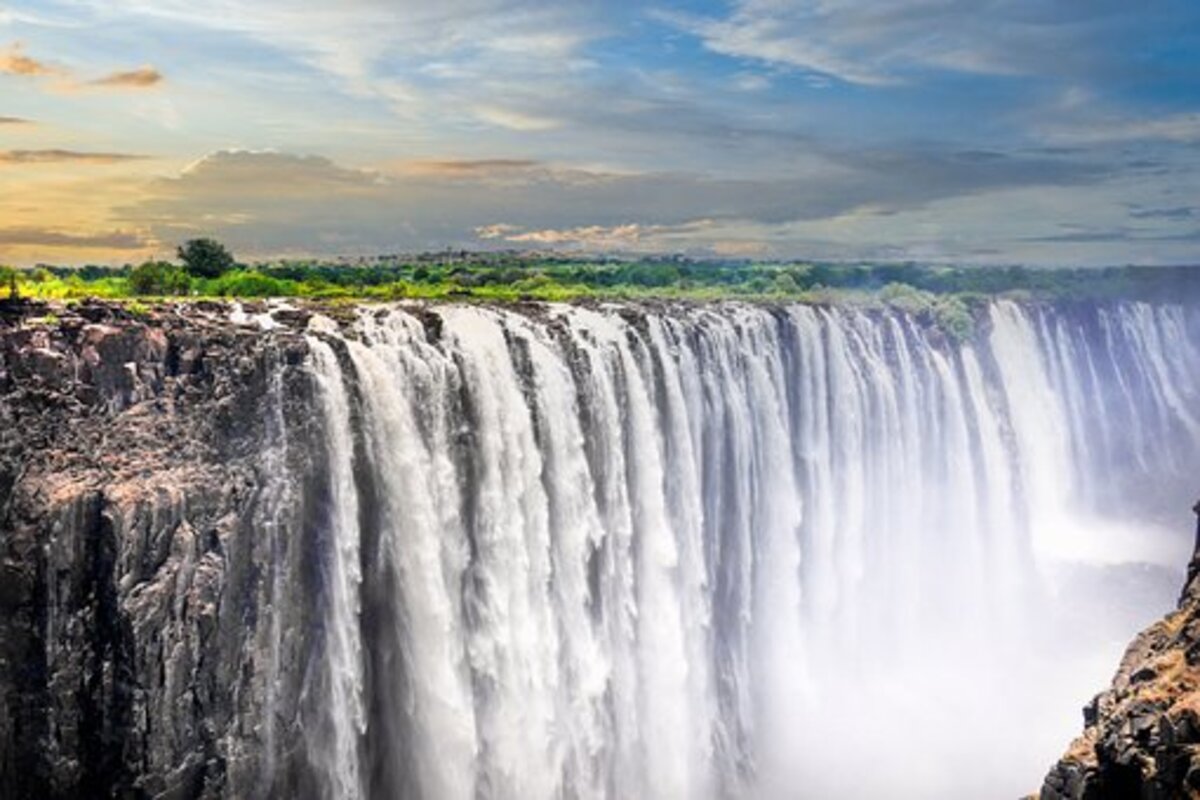While difficult to secure and not included in the current negotiations, Zambia received a “debt-for-nature swap” proposal. It is a part of its $13 billion restructuring discussions. This plan might create an environmentally favorable precedent for other debt crises if included.
Zambia has become a test case for the G20-led “Common Framework” restructuring vehicle introduced at the COVID-19 meeting. But progress there was a delay in the progress because of disagreements with some of its primary creditors about the needed debt relief.
What are debt-for-nature swaps?
The World Wildlife Fund (WWF) presented a model last year on how environmental obligations they may include in the contract, the ministry confirmed to the media on Wednesday.
Debt-for-nature swaps, in its most basic form, switch out pricey bonds or loans for less expensive financing, frequently with the assistance of a credit guarantee from a multilateral development bank.
Conservationists consider Zambia, known for the spectacular Victoria Falls, as an ideal possibility. It is an approach that helped both Belize and Seychelles achieve write-downs that put tens of millions of dollars into ocean protection.
Debt-for-nature will help ease climate change
Some of Africa’s most stunning species, like lions and elephants, call its vast expanses of national parks home or use them as migration routes. However, because of deforestation and climate change, their habitats are becoming more and more endangered.
In answer to a question about whether it was considering a swap, the Ministry of Finance and National Planning stated that it had received a proposal from the World Wildlife Fund regarding the evaluation of debt-for-nature exchanges.
The notion hasn’t been taken into account in the IMF’s present study of the sustainability of the debt, but that wouldn’t stop it from being added later, particularly if creditors made it plain that they might support it.
The ministry’s answer continued, “We will be taking into account any debt restructuring solutions that are included in the framework (G20 Common Framework), fall within the DSA (debt sustainability analysis) limits… and that is acceptable to all stakeholders.
Talks with the government began
Nachilala Nkombo, the country director for WWF in Zambia, told the media that the most recent discussions with the government took place in the previous month.
Although some of Zambia’s private sector bondholders anticipated being amenable to the concept, considering that negotiations have already dragged on for two years, it is unclear where China, France, and other significant “official sector” creditors stand.
Zambia still hopes to complete its agreement this year, but if Sri Lanka, another Common Framework restructuring member, agreed to a debt-for-nature swap, it would certainly set a precedent.
The IMF director will talk with Zambia about the debt-for-nature plan
In two weeks, IMF Director Kristalina Georgieva will travel to Zambia. Due to critically low water levels in the country’s hydroelectric dams, which provide the majority of the nation’s power, the country would curtail electricity supplies to mining enterprises during her tour.
The greatest tourist attraction in the nation, Victoria Falls, has occasionally decreased to a trickle in recent years. Crop yields for farmers have decreased, poaching is still a problem, and deforestation rates are among the worst in the world.
According to Nkombo, that puts someone’s job, someone’s food, and the future of the nation in jeopardy.

